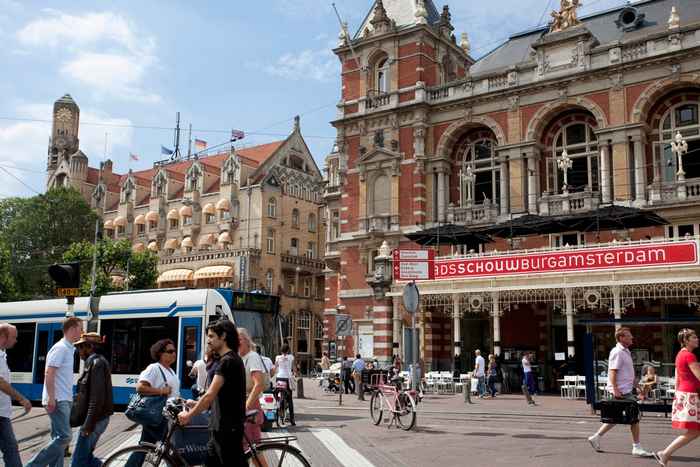Choose or Loose? - By Prof. Maarten Hajer
Publication date 16-10-2013
It was in the mid 1990s. On our way to a family holiday in the Alps we made a stopover in Salzburg. Salzburg, the city of Mozart, of the fortress and, of course, The Sound of Music. Parking signs guided us to a parking house, which happened to be built in a massive rock, right near the city centre. We entered with the car on one side and left as pedestrians on the other. At once the whole environment had changed. It was like a jump in time. The old Burgerstadt of Salzburg was stripped of all modern artifacts. In its place caleches, young men with wigs and in livery, violin music. In fact the city was readied for touristic consumption to the max, and the flocks of visitors clearly liked it. It made me exclaim: Salzburg is Europe’s answer to Disneyland.
